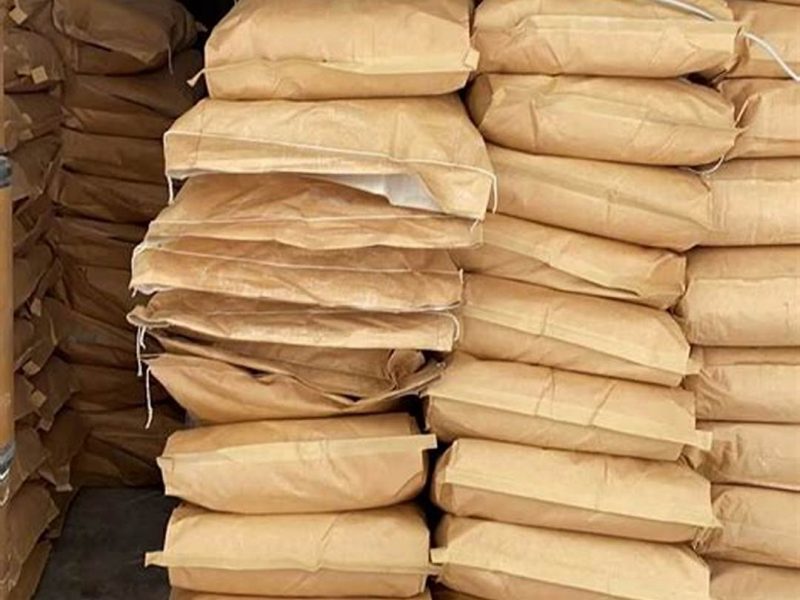
We often meet customers to consult antioxidants, but when asked which specific antioxidants are needed, the customer itself can not say clearly. In fact, there are many kinds of antioxidants, and some grades of antioxidants are universal, while some grades of antioxidants are dedicated to certain products. Therefore, understanding the final application material and its processing scenario is crucial to the selection of antioxidant grades.
Sinocure, as a supplier of anti-aging additive products and technologies for polymer materials, has been developing, producing and selling anti-aging additive products since 2008. And we keep strengthening technical innovation and global network layout, and keep drilling for global polymer material anti-aging technology advancement.
Previously we always receive customer inquiries – what is the difference between antioxidant 1076 and antioxidant 1010? Here we will take a brief look at these two commonly used antioxidants.
Antioxidant 1076 (CAS: 2082-79-3) and antioxidant 1010 (CAS: 6683-19-8) both belong to the main antioxidant, hindered phenolic antioxidants; and from the product form, the two are very similar, antioxidant 1076 is a white powder, while antioxidant 1010 is also white – white powder form. Because the same belongs to the main antioxidant, from the mechanism of action, antioxidant 1076 and 1010 are reacted with oxygen center radicals to generate inactive products, so as to achieve the role of product protection.
However, the molecular weight of these two antioxidants is quite different – the molecular weight of antioxidant 1076 is 531, while the molecular weight of antioxidant 1010 is 1178; at the same time, the melting point of antioxidant 1076 is 50-55 ℃, the melting point of antioxidant 1010 is 110-125 ℃. Therefore, the large difference in melting point also determines the choice of processing temperature for the product. Coupled with the difference in the solubility of the product, etc., it makes us consider the actual processing temperature and material properties when selecting the product to choose a more suitable antioxidant.
Difference between antioxidant 1076 and antioxidant 1010:
| Product name | Antioxidant 1076 | Antioxidant1010 |
| CAS number | 2082-79-3 | 6683-19-8 |
| molecular weight | 531 | 1178 |
| melting point | 50-55℃ | 110-125℃ |
In addition to the similarities and differences between Antioxidant 1076 and Antioxidant 1010 described above, many customers are more concerned about their specific applications, for example, Antioxidant 1076 is used in a variety of organic compounds such as: plastics, synthetic fibers, elastomers, adhesives and other materials to protect these materials from thermal oxidative degradation. Also Antioxidant 1076 can be used in combination with other additives such as: auxiliary antioxidants (thioesters, phosphites), light stabilizers and antistatics.
Antioxidant 1010 is a general-purpose antioxidant, which can be used in a variety of general-purpose plastics, engineering plastics, rubber, elastomers, adhesives and other polymer materials to provide long-lasting thermal stability of the material, but also an effective process stabilizer; Antioxidant 1010 is also often used in combination with auxiliary antioxidants.
